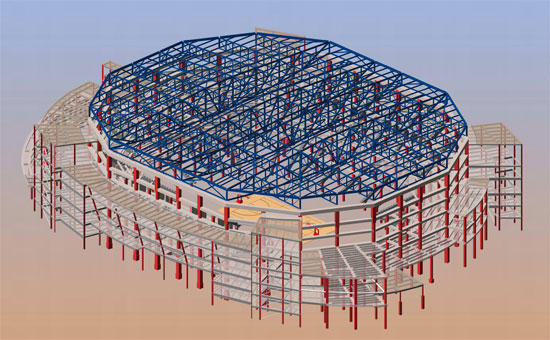Building Information Modeling (BIM) is foremost important in building construction and industries. It will soon cause a ripple of effects.
First, the application for construction permits will be very much transformed; BIM models can be submitted in lieu of traditional construction drawings.
BIM allows for the clear inspection of every detail in the virtual building prior to the issuance of construction permits. This may sound a dream, but Singapore and several other countries have already begun to require BIM files in the application for construction permits.
The second phenomenon concerns the practice of constructing a BIM model. As it is very similar to actual construction, building a BIM model requires specialised knowledge and skills. Who would be responsible for this task? The quick answer would be the architects or architectural firms who produce the architectural designs. But building a BIM model would require additional expertise and labour and drive up expenses.
Added to regular design fees, would this modification be acceptable to project owners? Would these additional expenses counterbalance costs that could be saved in construction?
Furthermore, if BIM modeling were to be used in the post-construction period to assist building maintenance and operations, the project would require a higher level of detail in design documentation that would make it even more expensive.
For example, if the project owner wanted to know how many light bulbs would be required for the first five years of operation, the building's BIM could show that level of information. In other words, the more one needs to know, the more one needs to pay.
"This has already been an issue in various countries, leading to the solution recommended by the American Institute of Architects of an agreement on the Level of Detail or Level of Development (LOD) that would be negotiated prior to the contract signing between the architect and the project owner," said Kaweekrai Srihiran, Department of Architecture Faculty of Architecture, Chulalongkorn University.
There should also be a standard way to calculate a BIM construction fee; it is suggested that there should be a baseline design fee per square metre with additional percentage increases according to the desired LOD level. Others suggest that the fee should also incorporate the complexity of the design.
"Yet another interesting phenomenon is the BIM as a final product deliverable that architects submit to project owners. Presently, architects keep original drawings, giving project owners only blueprints for construction purposes. With BIM, there is no difference between originals and blueprints; project owners need to collect everything drawn up by the architect for future building operation and maintenance purposes," Srihiran added.
This means that the details of every building created or designed by the architects can be "recycled" by anyone who has obtained the BIM model. This has to be solved through specific contractual agreements or by making the building model "view-only by some means. The BIM phenomenon is quickly and quietly happening in Thailand. Everyone, especially those in the architectural design and construction industries, needs to be prepared for the changes.
